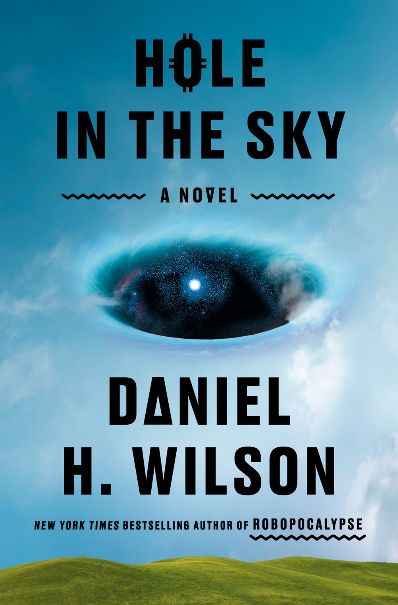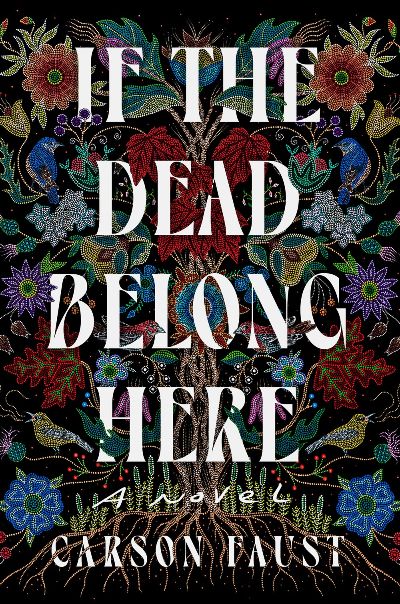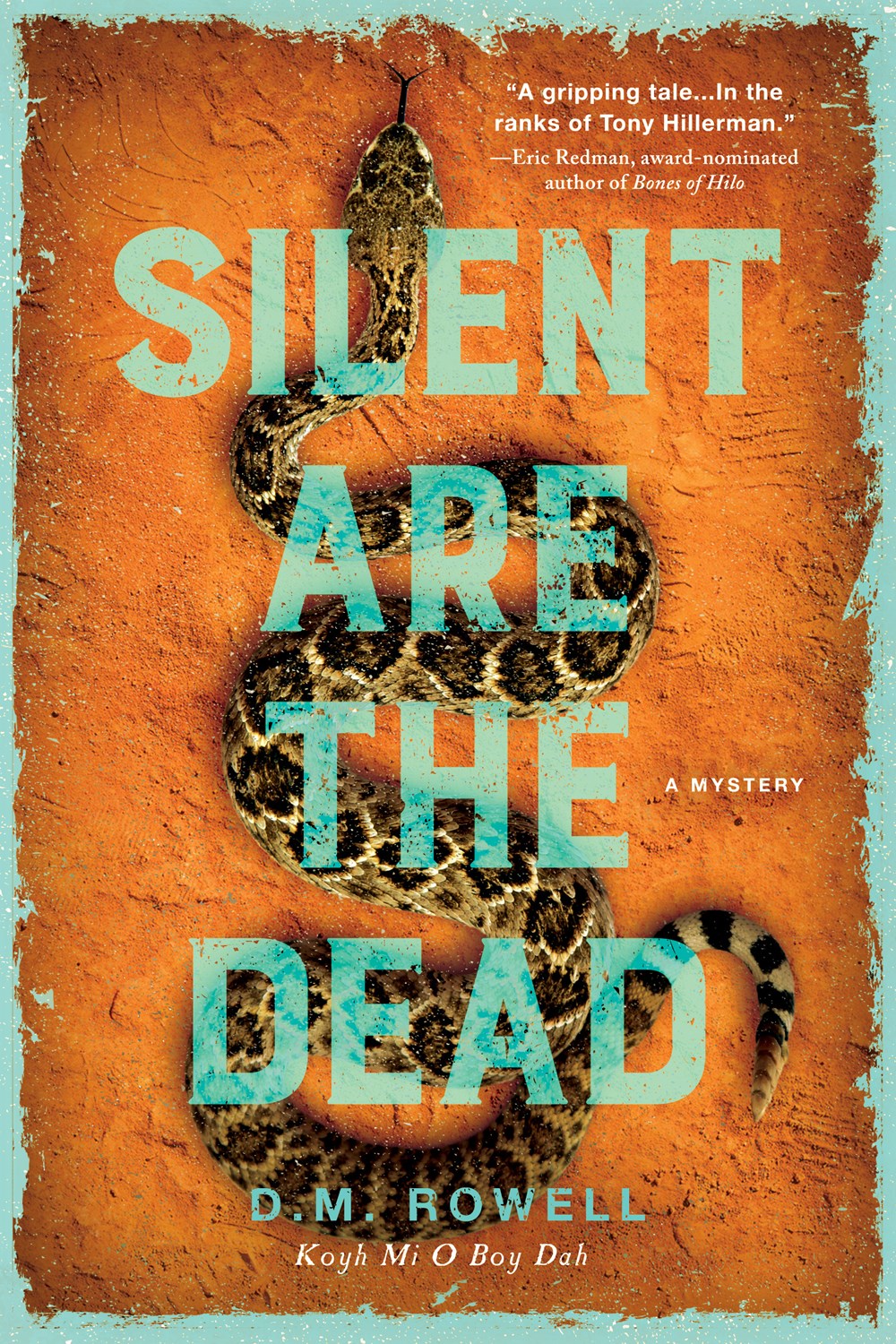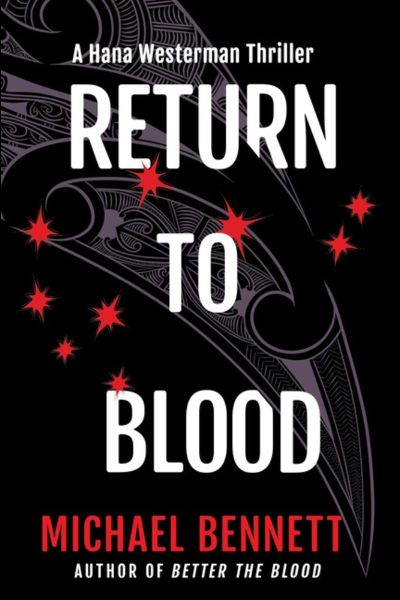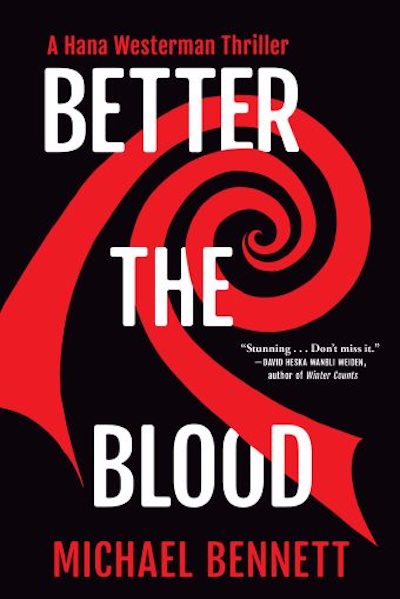Indigenous
An astrophysicist, Dr. Mikayla Johnson, uncovers evidence from the Voyager spacecrafts that an enormous object of some type will crash into Earth. Jim Hardgray lives in Oklahoma, and his estranged teenage daughter is visiting. No matter what he does to try to make amends, it only makes her angrier. The possible meteor’s trajectory that Johnson discovered leads directly to Hardgray’s backyard. When others in the scientific community and government realize that what’s coming is actually a vessel, it provides the world with an opportunity for first contact with an alien species. But when a communication with the object produces a sound like screaming demons scratching long nails on a chalkboard, it quickly becomes evident that what is about to crash is beyond human understanding. Real-life theoretical physicist Michio Kaku once compared mankind meeting beings from another world to humans trying to teach ants about the internet—it’s impossible to comprehend a species so truly unlike anything we have ever imagined. Wilson combines the best classic alien films, Close Encounters of the Third Kind and Arrival, with the glue that holds even dysfunctional families together, the strength of love and heritage. Readers will not think about our place in the cosmos the same way again.
Between 1830 and 1850, the U.S. government’s forced displacement known as the Trail of Tears removed thousands of Native Americans from their ancestral lands in the Southeastern United States. But according to Native folklore, some Indigenous people evaded the Removal, sheltered by supernatural Little People. Faust’s atmospheric debut focuses on a family descended from those survivors and the generational trauma they have endured. When six-year-old Laurel Taylor vanishes from her Wisconsin home early one morning in 1996, her devastated mother, Ayita, believes her abusive ex-husband Barron kidnapped their daughter, even though Barron had abandoned the family before Ayita realized she was pregnant. But as weeks pass by and Laurel remains missing, Nadine, her older sister, begins experiencing nightmares and hearing whispers, especially in the tree house where Laurel always played. Have the Little People taken Lauren or are other family ghosts responsible? To find answers, Nadine travels with her Aunt Rosebud to South Carolina, where her fractured family has deep roots. Faust, an enrolled member of the Edisto Natchez-Kusso Tribe of South Carolina, draws on his family history and Indigenous mythology to weave a haunting tale of loss and redemption that may remind some readers of Keith Donohue’s The Stolen Child with a touch of Poltergeist.
June in New Zealand means a chilly winter. But it also marks the rising of the sacred stars known as the Matarike, launching the start of the Māori New Year. “When Matarike rises, it is a time for remembering the dead; a time for saying goodbye. And it is also a time for starting anew.” Like the sacred Matarike celebrations, Bennett’s emotionally charged third Hana Westerman mystery (after Better the Blood and Return to Blood) revolves around a series of transitions, in which beloved characters say goodbye to loved ones and embark on new directions in their lives. Returning from festivities in his ex-wife Hana’s hometown, Detective Inspector Jaye Hamilton stops at an Auckland convenience store to pick up champagne to celebrate his daughter’s engagement when he is shot and seriously wounded by a balaclava-wearing assailant. The getaway car is quickly found and a young Māori man, Toa Davis, is implicated in the crime. But Hana, who has asked to join the investigation as a temporary constable, soon suspects that this was no random assault but a targeted attack. Could it be connected to Jaye’s work as an undercover cop years ago? Māori author Bennett delves deeper into New Zealand’s aboriginal culture (with helpful footnotes translating Māori words) while exploring the deeply embedded racism that the country’s first peoples face. An open-ended conclusion will have fans eagerly awaiting the next installment.
Mary Higgins Clark Award-finalist Rowell’s second mystery featuring Kiowa professional storyteller Mae “Mud” Sawpole opens in media res as she attends a cleansing and blessing ceremony at the Kiowa Tribe Museum in Carnegie, Oklahoma. As recounted in Never Name the Dead, Mud and her cousin Denny thwarted the attempted theft of the precious Jefferson Peace Medal given to the Tribe during the Lewis and Clark Expedition of 1804. Earlier in the day, they had also found a body and identified the killer. Now, it is time to return the medal to the museum and for Mud to go back to Silicon Valley, where her PR client has an important event. First, she needs to confront tribe chairman, Wyatt Walker, and tribe legislator Anna ManyHorse about the illegal fracking on her grandfather’s land but when the dealer involved in the theft of the Jefferson Peace medal and other Kiowa artifacts is murdered and a respected tribal elder falls suspect, Mud and Denny must race against the clock on the longest night of their lives (Mud has a noon flight to catch the next day!) to find the real culprits behind the fracking and the dealer’s killing. As a gay woman of mixed race, Mud has always felt a bit of an outsider (“a large minority in the Tribe didn’t think I was Kiowa enough…because I didn’t look Indian enough”), but her great-aunt’s wisdom and a ceremonial sweat bath set her on the path to finding the truth. Rowell, whose Kiowa name, “Koyh Mi O Boy Dah”, means “She Is A Traditional Kiowa Woman”, provides enough backstory for newbies to slip easily into the storyline. Her details about Kiowa history, culture, and spiritual traditions are respectful and fascinating. She also knows how to write an intense fight scene complete with menacing rattlesnakes. Tony Hillerman fans will enjoy discovering a promising mystery writer and her intriguing protagonist.
Following his acclaimed debut, Better the Blood, Michael Bennett’s compelling sophomore outing in his crime series starring Māori detective Hana Westerman proves the New Zealand screenwriter and author is no one-hit wonder as a mystery writer. In the wake of the traumatic events recounted in the first book, Hana has resigned from the Auckland CIB (Criminal Investigation Branch) and returned to her hometown of Tātā Bay, where she helps her father, Eru, prepare local Māori teens to get their driver’s licenses. But the calm Hana is trying to rebuild is shattered when her 18-year-old daughter, Addison, discovers the skeleton of a young woman in the sand dunes. Investigators suspect the bones may be those of Kiri Thomas, a Māori teenager who disappeared four years earlier. Although Hana is no longer in the police force, she begins to probe the possibility that Kiri’s death may be connected to the 21-year-old unsolved murder of Paige Meadows, whose body was found in the same dunes. Likewise, Addison becomes obsessed with Kiri’s fate, threatening her friendship with her non-binary flatmate and musical partner, Plus 1. In a nod to Alice Sebold’s The Lovely Bones, the storyline is interspersed with the dead Kiri’s haunting first-person narrative. Bennett, who is Māori, immerses readers deeper into Māori culture and traditions as he expands on Hana’s loving relationship with her father and tense interactions with her chilly second cousin, Eyes. An atmospheric thriller that will have readers booking flights to New Zealand. Bennett is adapting Better the Blood into a six-part TV series for Taika Waititi’s production company.
In his debut novel, prizewinning short-story author Talty (a citizen of the Penobscot Indian Nation) brings us to just outside the border of the Penobscot reservation in Maine. Charles Lamosway lives within sight of the reservation, also within sight of a house where his daughter, Ellie, lives. Most people, including Ellie, think that her mother’s husband is Ellie’s father. Charles knows “what it [is] like to feel invisible inside the great, great dream of being,” with Talty succeeding beautifully in portraying a man who’s cut off from his own life and from the world around him, even as he cares for his mother, who is slowly slipping into dementia—a situation that brings Charles and readers some moments of dark comedy—and faces his stepfather’s violent death. Then—it seems almost inevitable, given Charles’ lot in life—his daughter goes missing, and secrets can no longer hold. The beauty of this book lies in following Charles as he tries to pierce the barriers that keep his love from mattering, a relentless struggle often mirrored in long phrases with repeated words (“and only then did the man leave and only then did the doctor come to the heavy wooden door”). There’s a satisfying ending here, and sure to be further prizes ahead for Talty.
“Where there’s pain, there’s blame,” which is why Syd Walker lives far from her Oklahoma roots and hasn’t seen her family in years. As a teen, Syd; her sister, Emma Lou; and her best friend, Luna, were attacked by a pair of masked Tsigilis, the Cherokee word for devils. Syd, who is Cherokee, shot one of them dead, but his gang killed Luna and her parents. She can’t forgive herself for not saving Luna, and the small town of Picher can’t decide, even all these years later, what she should have done that night. That past is now coming back with a vengeance as the epidemic of missing young Native women now seems to have swallowed Emma Lou, and the body of another young woman has been found, with Syd’s old work ID card in her mouth. Syd’s return home immerses the reader in the difficulty of returning to a place and people you’ve outgrown, the bitter choices we must sometimes make—Syd is now an archaeologist for the same Bureau of Indian Affairs that has cost her people so much—and the strength that love and loyalty bring. Lillie (an enrolled citizen of the Cherokee Nation of Oklahoma) adds to the story details of Native history and current day life, with sardonic wit both tempering and highlighting the pain that pierces both times. A dark and propulsive thriller for fans of Kelly J. Ford.
A tight and tense police investigation that brilliantly integrates Māori culture and history. When a gruesome murder in contemporary Auckland, with the victim found hanging in a secret room within an abandoned building, leads to another murder, Māori detective Hana Westerman realizes she may be on the trail of New Zealand’s first serial killer. But what connects the victims? A daguerreotype from New Zealand’s bloody, colonial past—plus texts and images the killer sends her—provide Hana with a terrifying road map to what’s ahead if she can’t stop him. Through Hana, author Michael Bennett (Ngati Pikiao, Ngati Whakaue) connects the past and the present, both in New Zealand’s history and within Hana’s own life. To find the killer; keep her family safe, especially her university-age, politically charged daughter; and face a painful incident from her youth, Hana must undergo a transformation. And the woman we meet at the end of the narrative is indeed far different from the one who begins it. This is crime fiction at its best: well-paced, richly characterized, and fearless in confronting the pain of colonialism.


